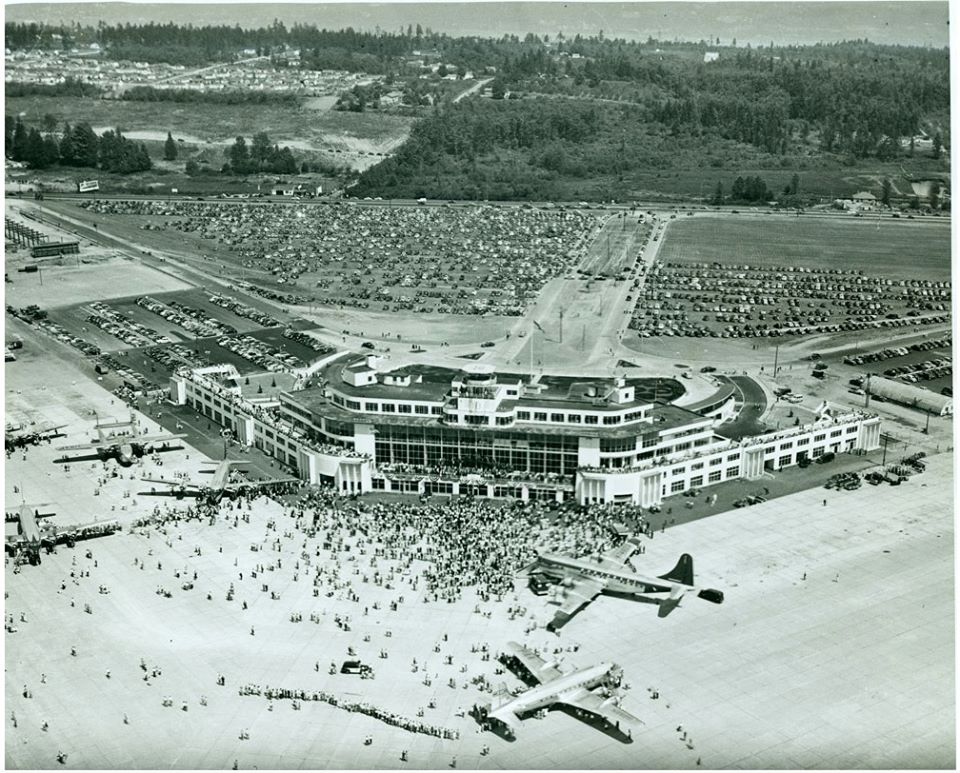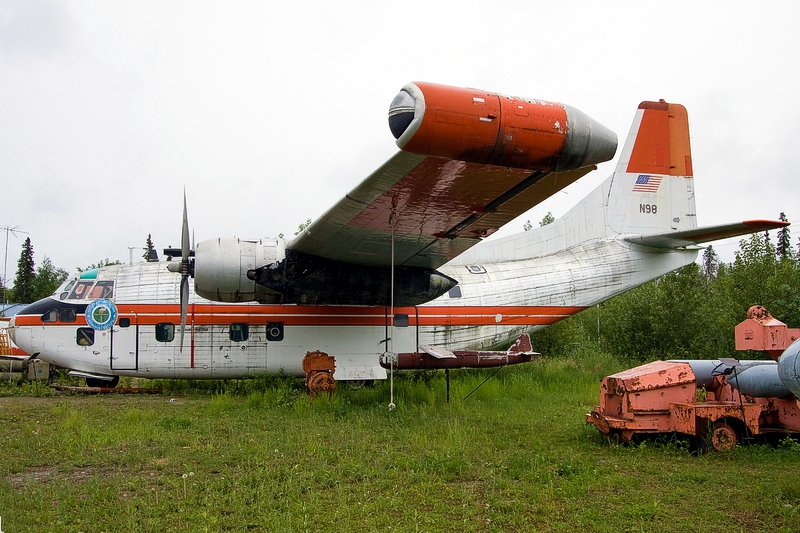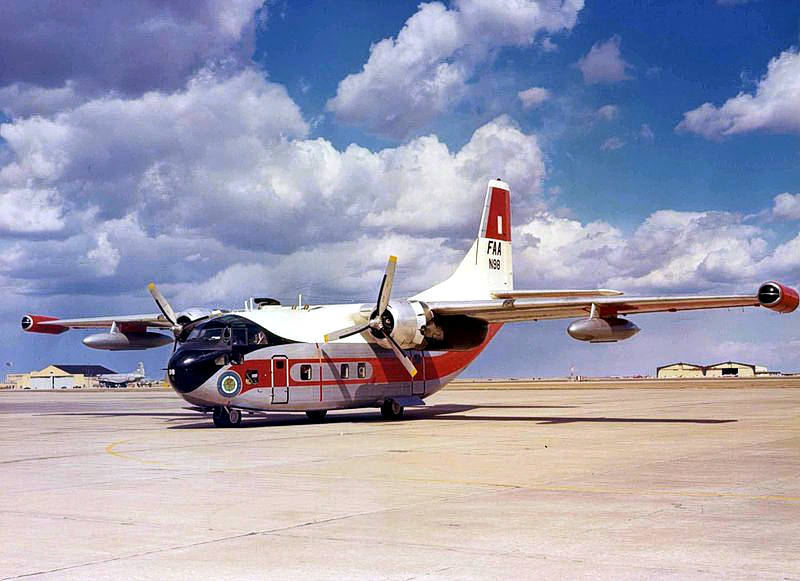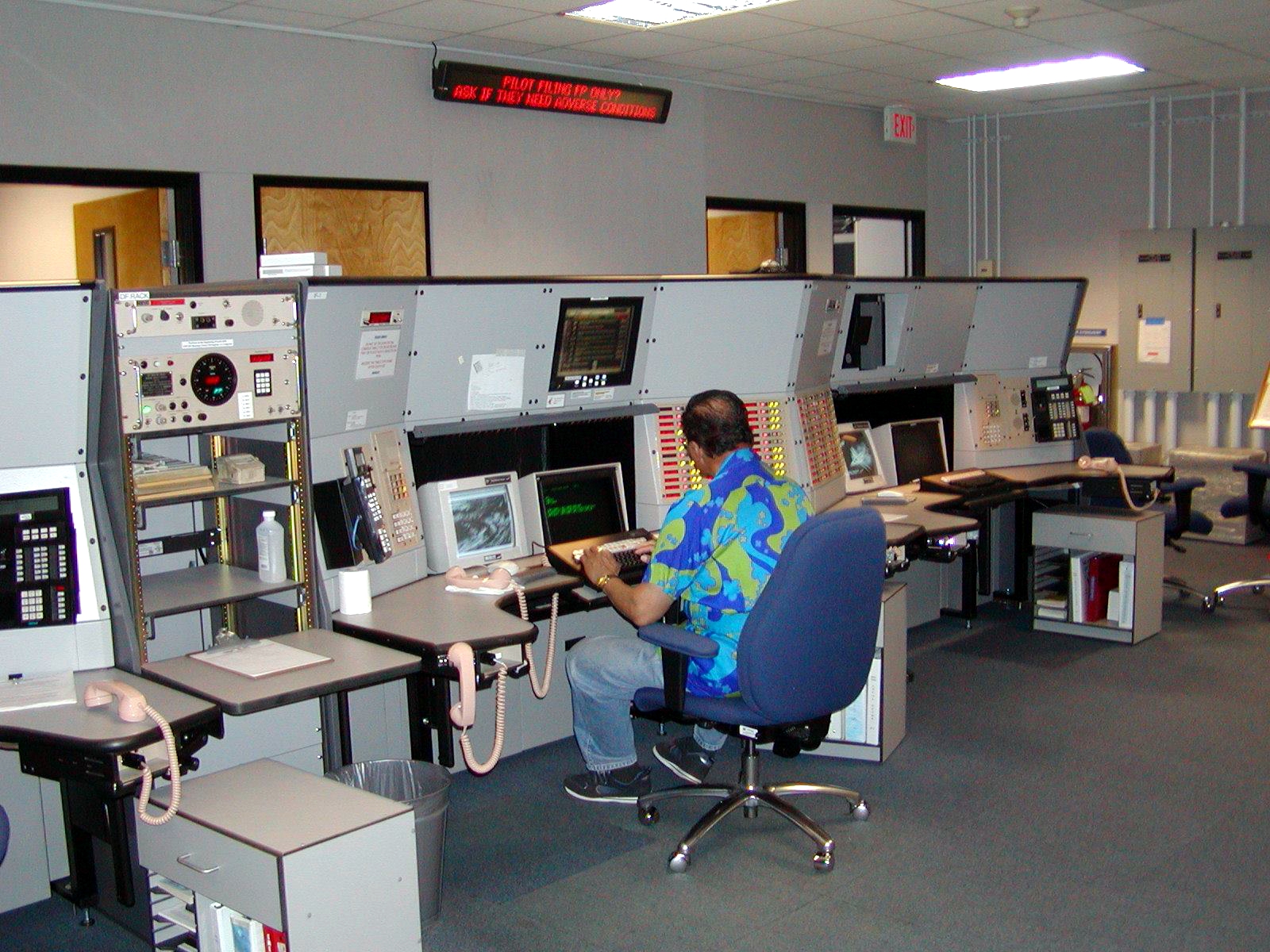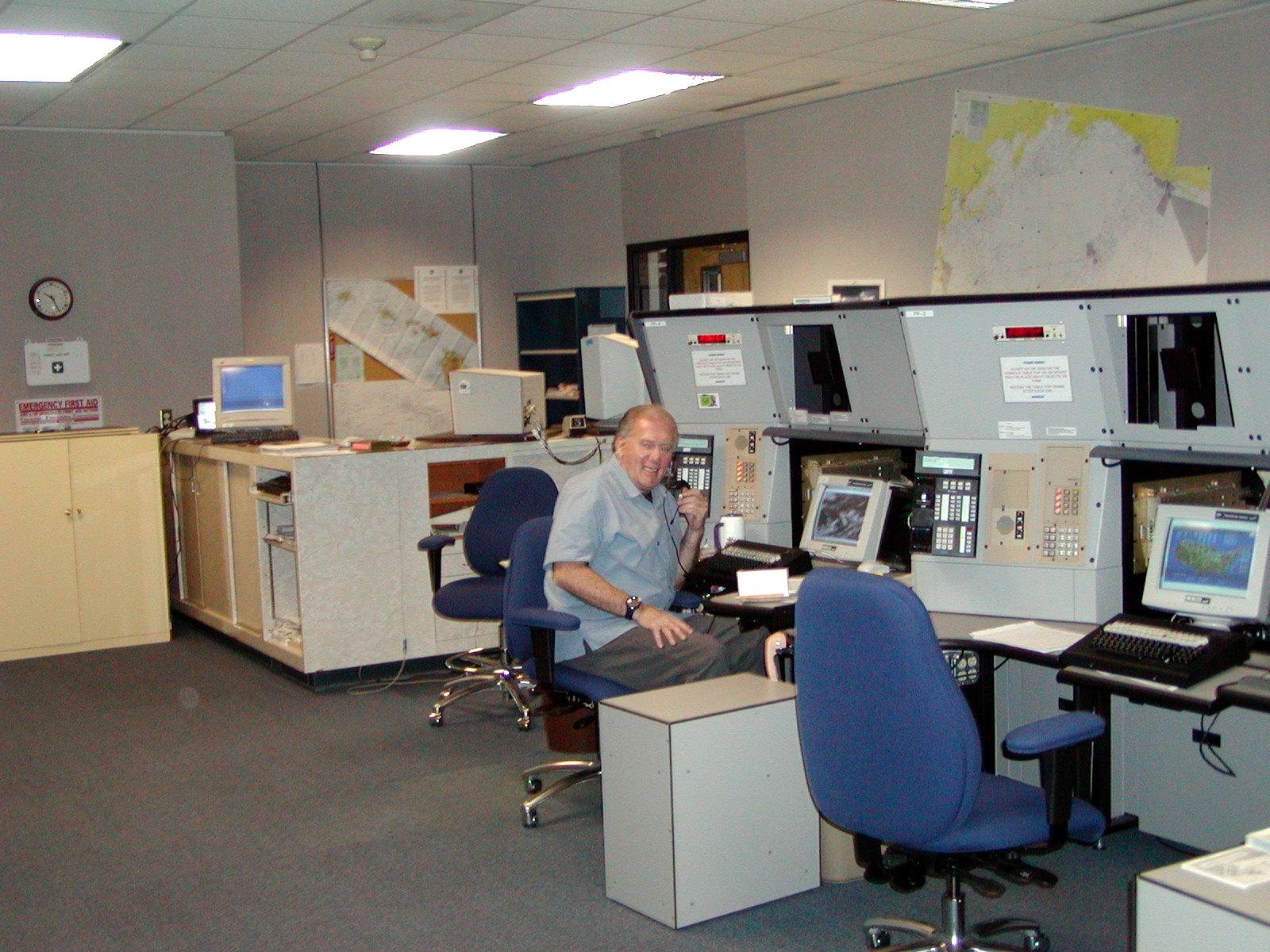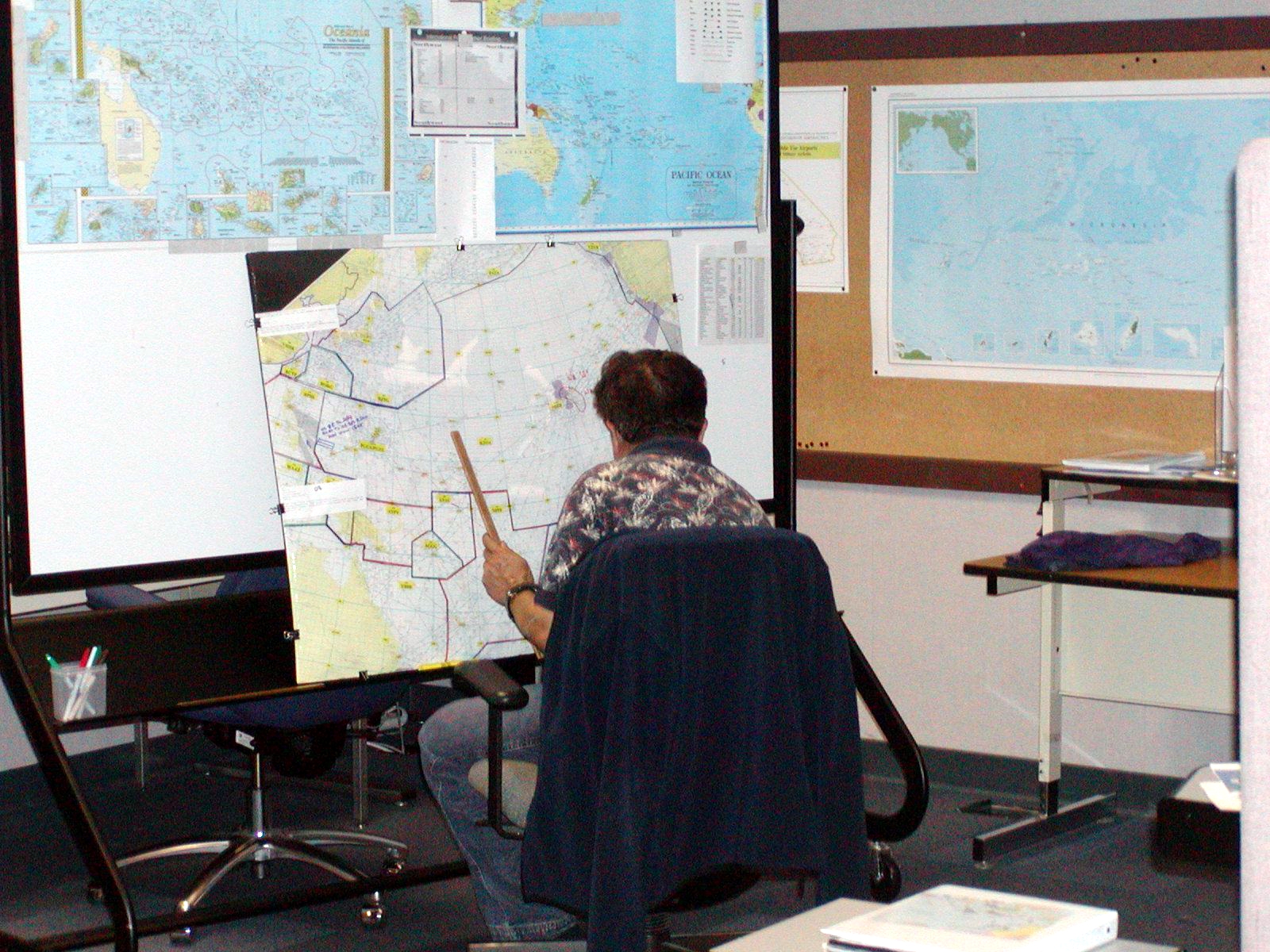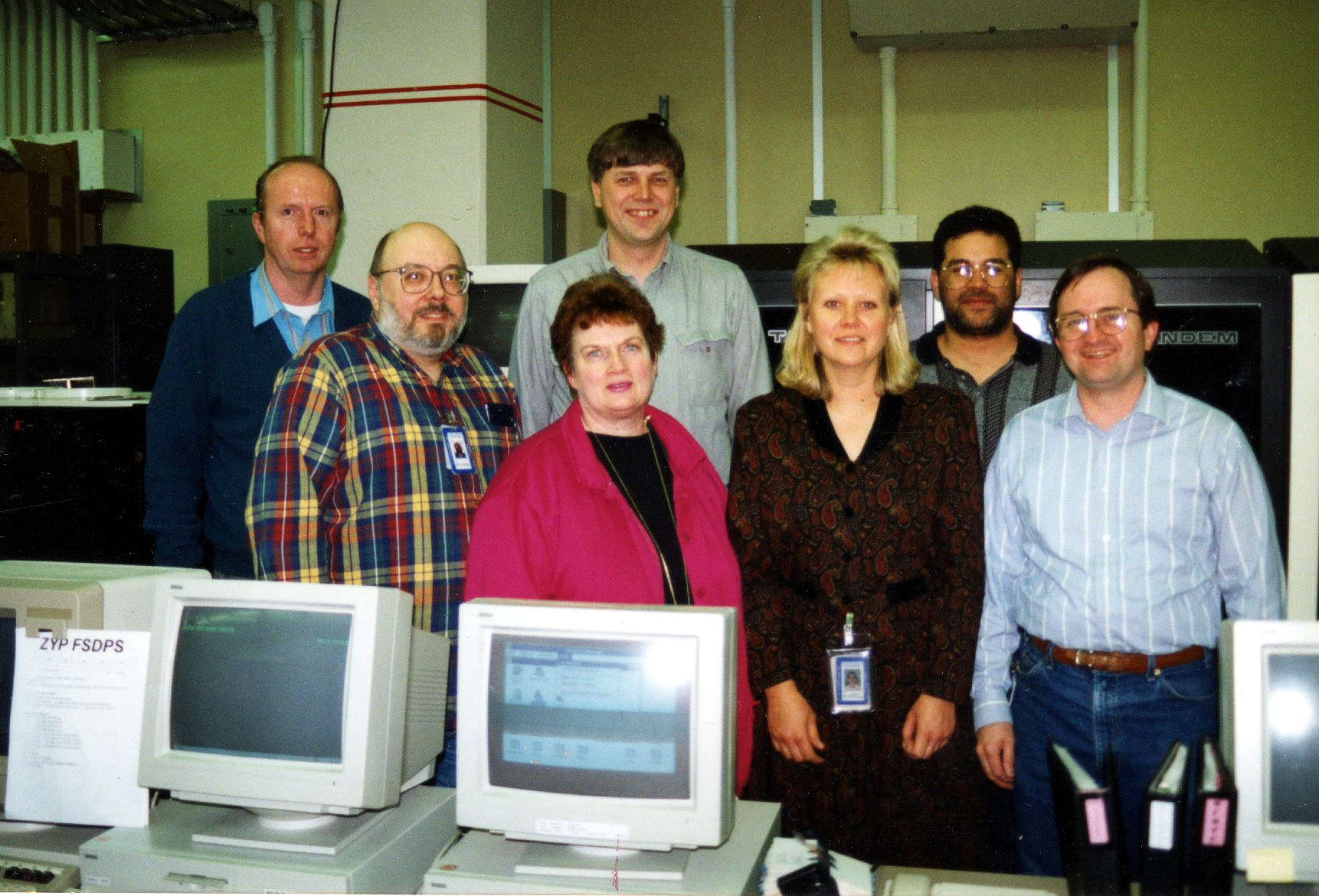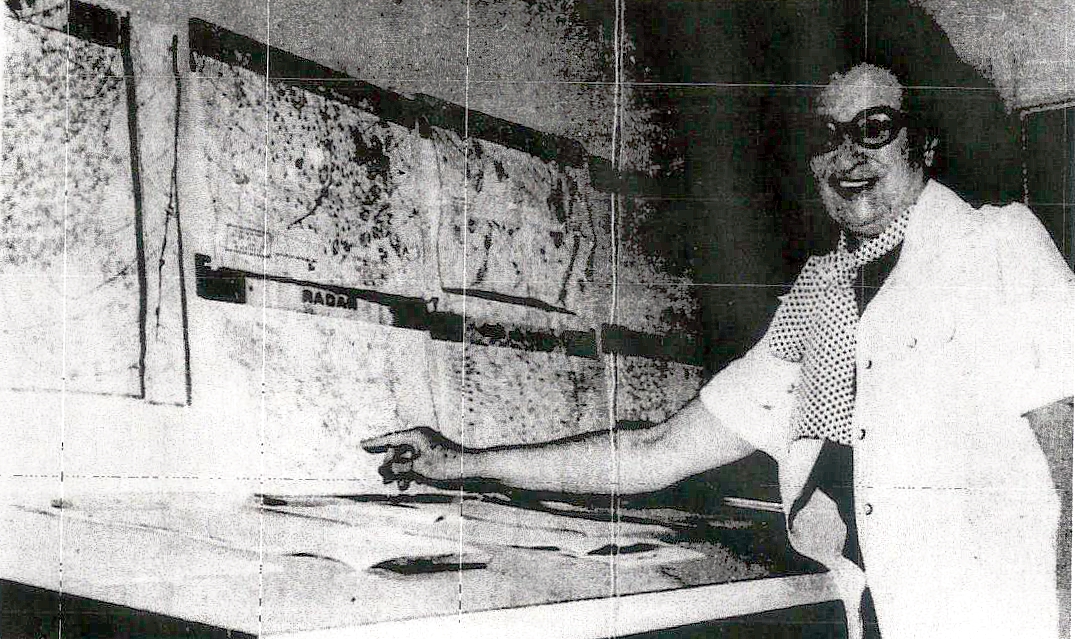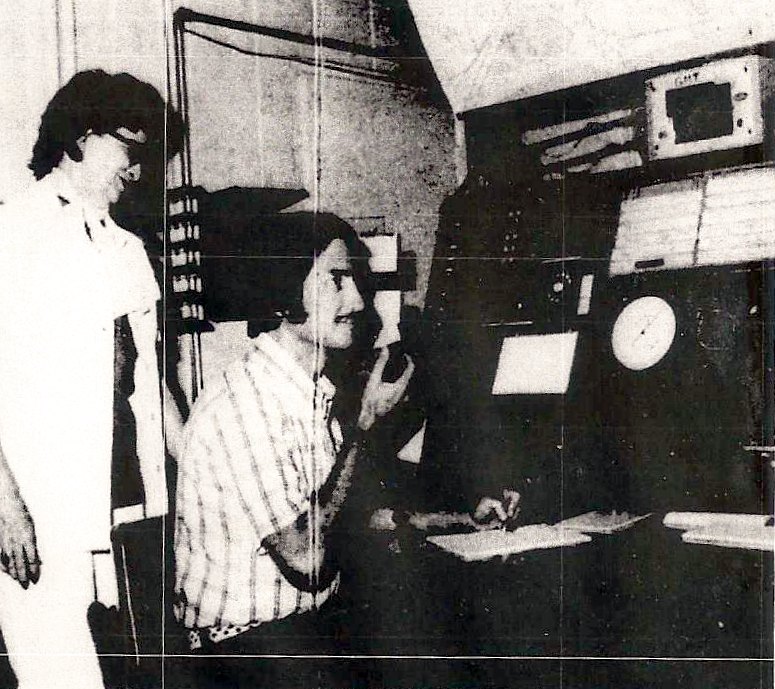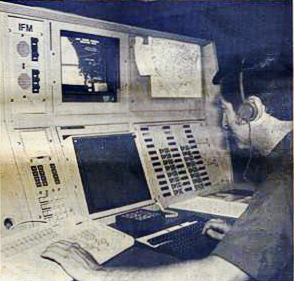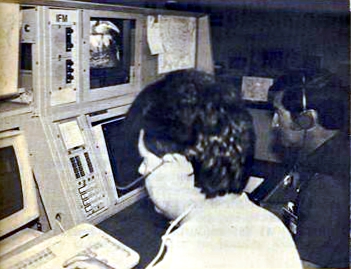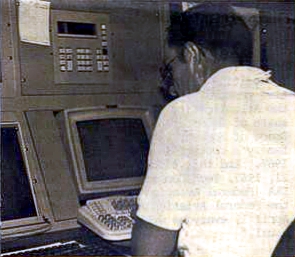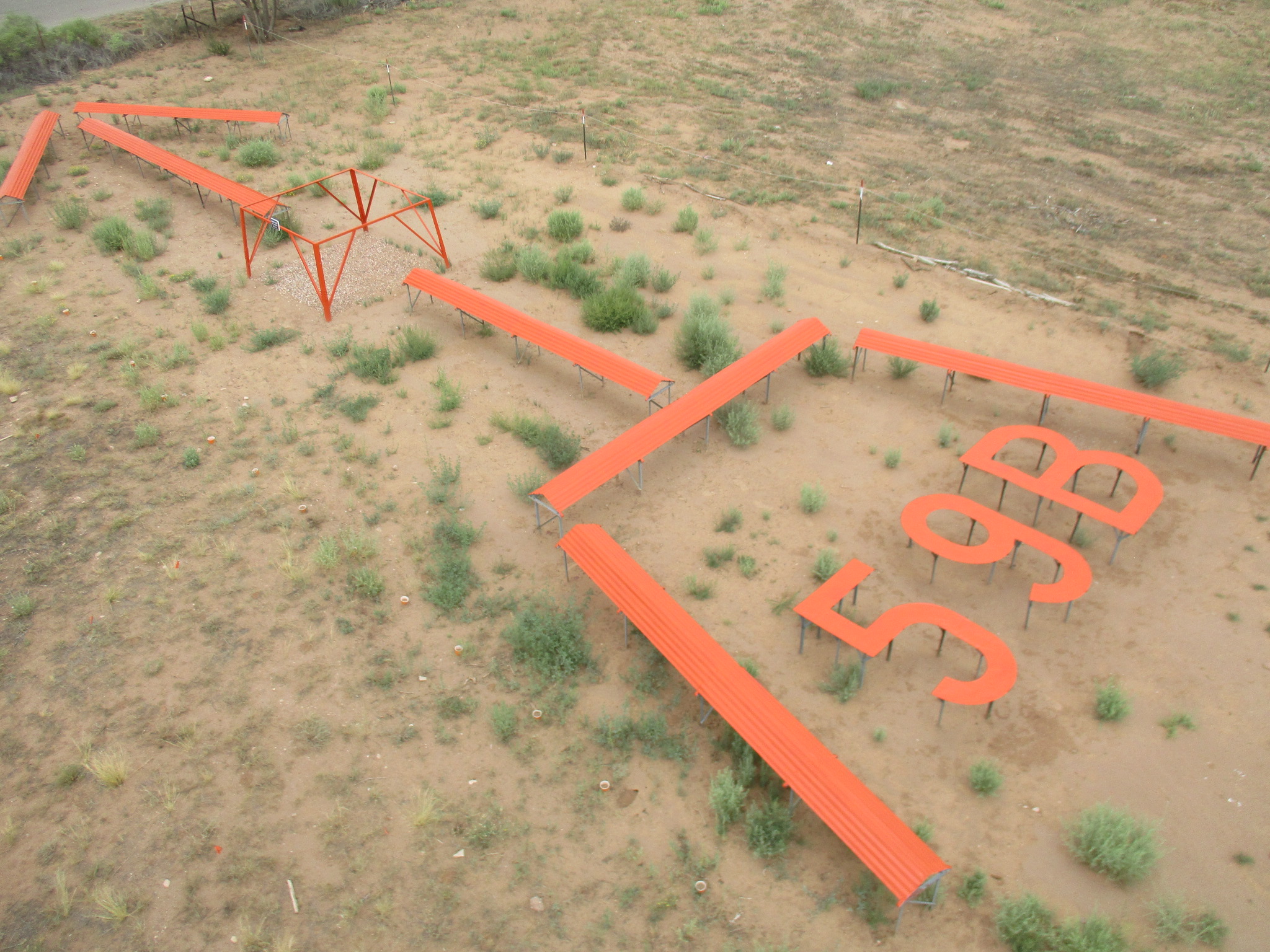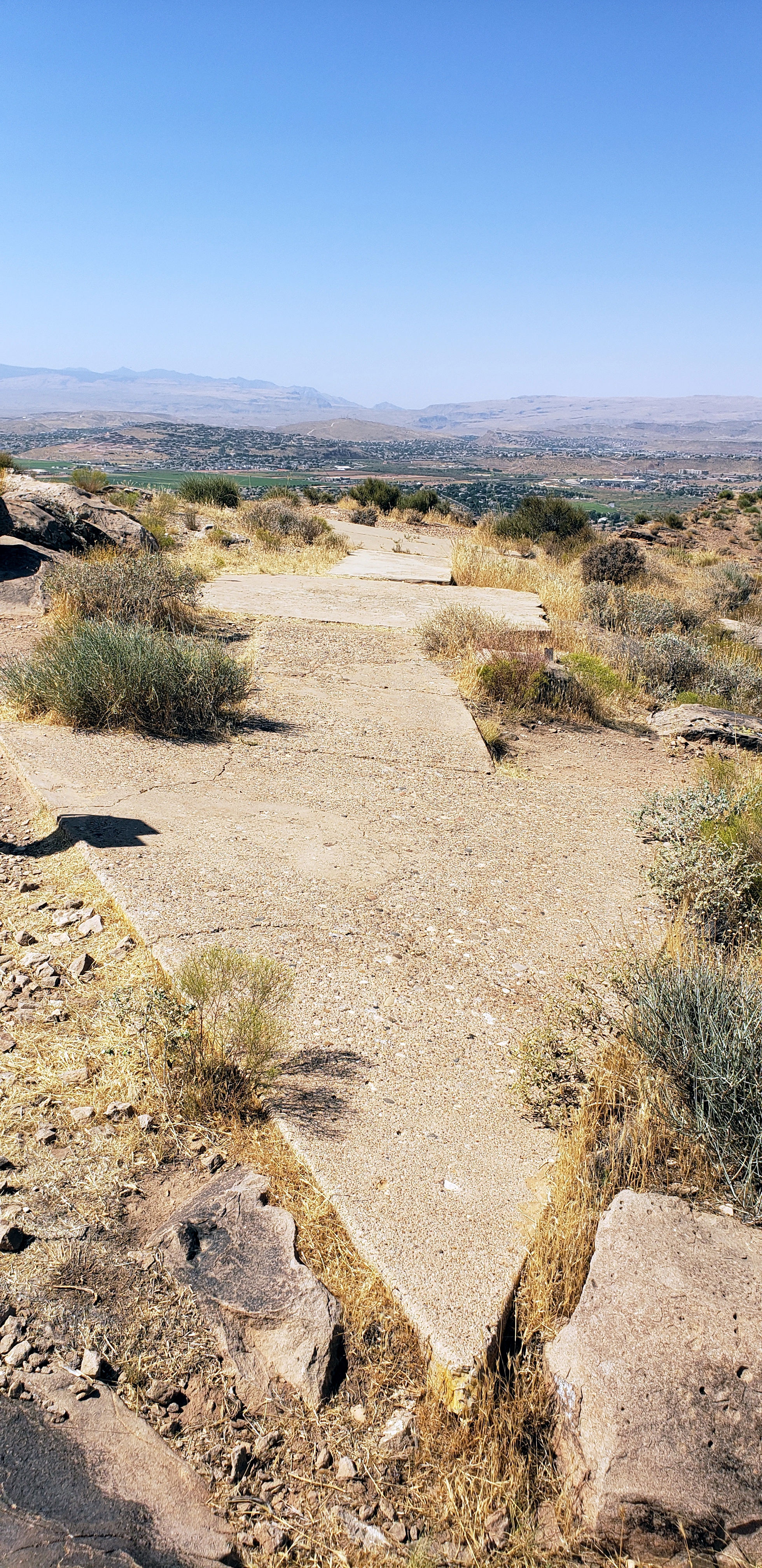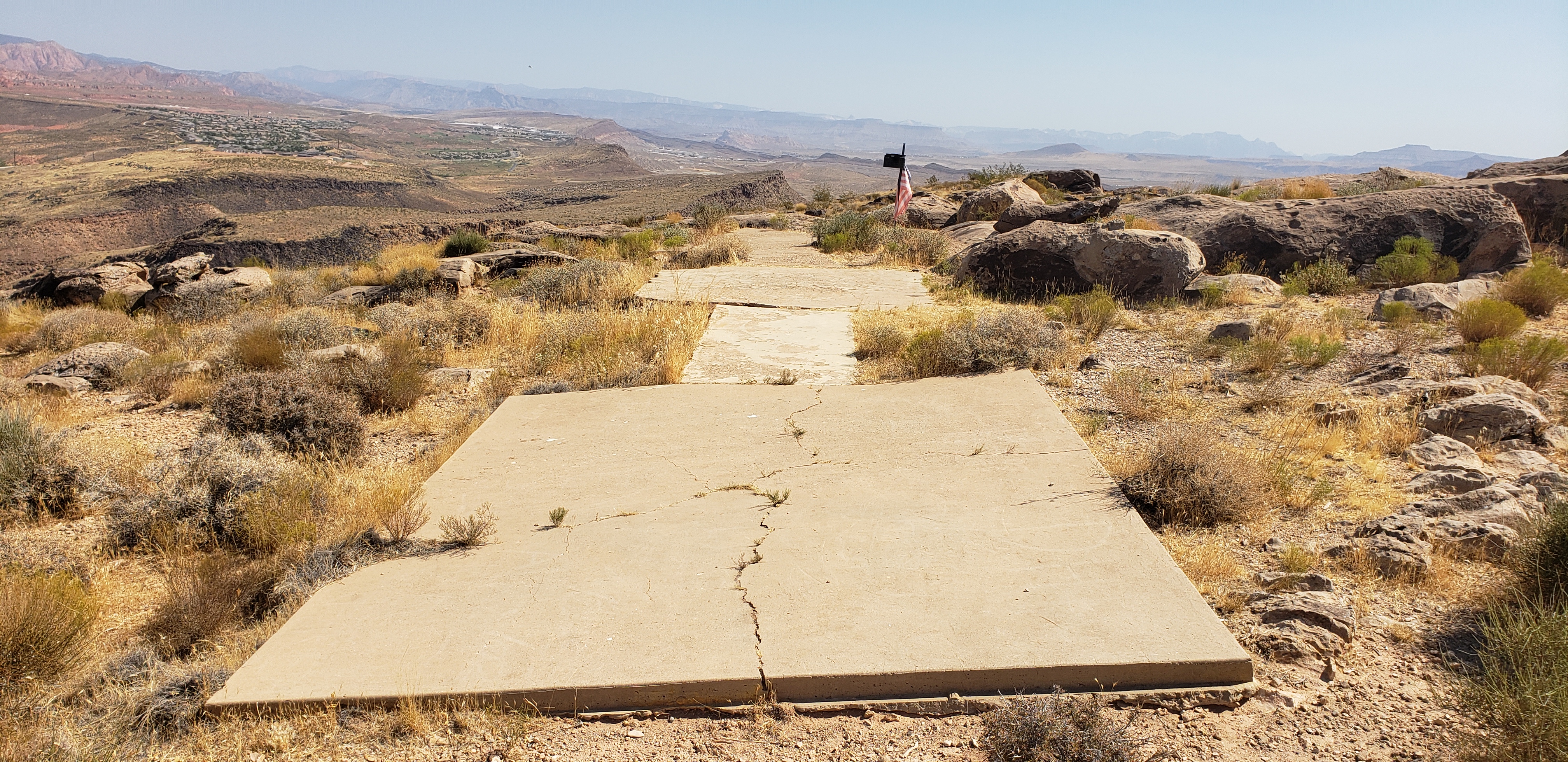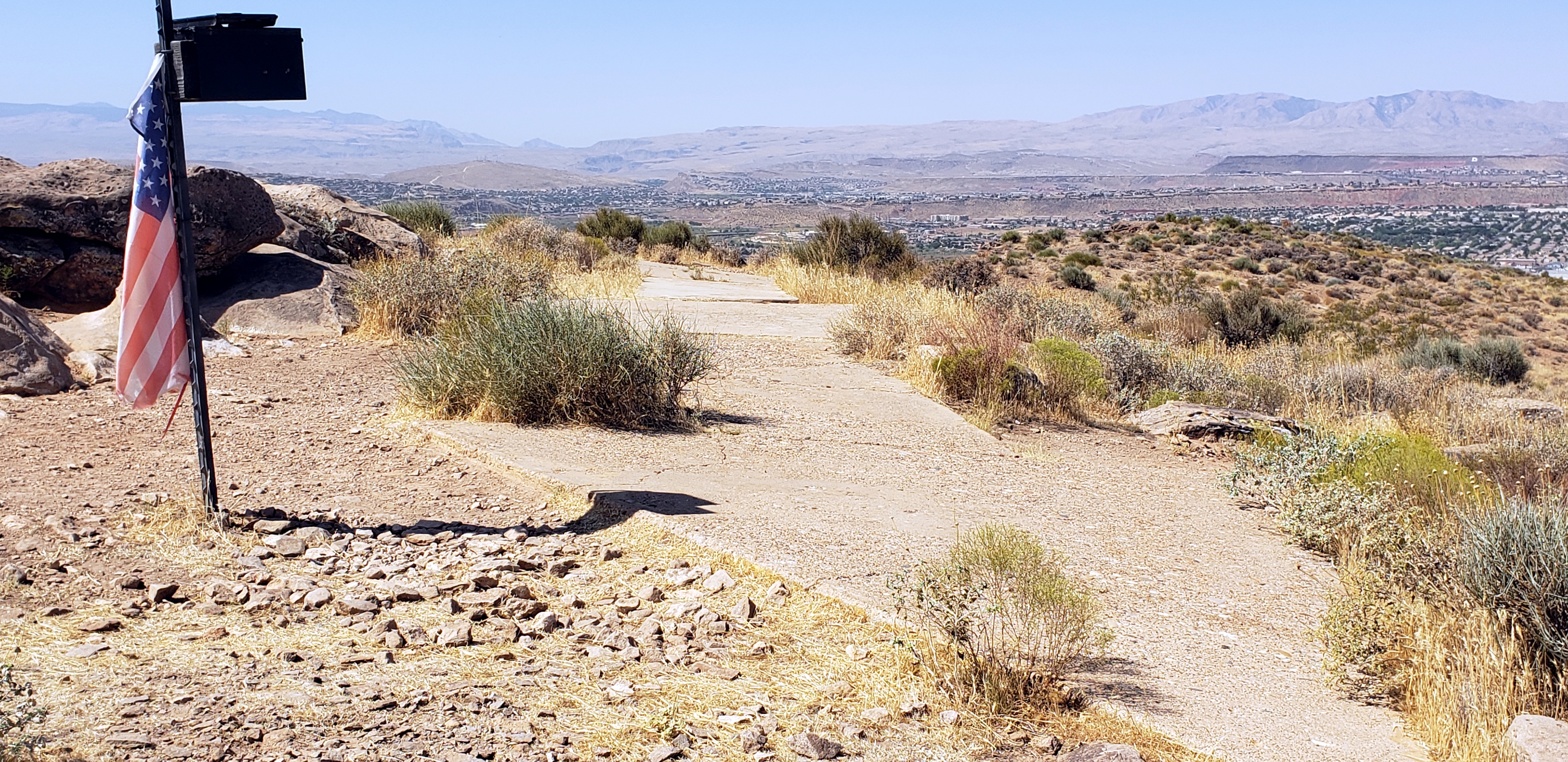Seattle-Tacoma Airport Dedication Ceremony, July 9, 1949
Yuma Daily Sun Newspaper Article
Yuma FSS, November 7, 1976
Submitted by Barry Berkeley
FAA Boss is Keeping Her Smile
By CATHY PALMQUIST
Ever since she graduated from high school, Merle Williamson has been interested in airplanes and radio transmission.
After high school, she wanted to be a radio operator for the airlines. Her school instructors urged her to apply to the Federal Aeronautics Administration (formerly Civil -Aeronautics Administration) to attend its program on airline radio operations. Although she was only 17, not the required 18 years old, she was admitted and learned radio operations.
Since that time, she has spent 27 years working for the FAA. She currently serves as facility chief of the Yuma Flight Service Station, with an assistant chief and seven air traffic control specialists working under her.
Weather Maps
Merle Williamson. facilities chief of the Yuma Flight Service Station, shows the weather maps on display in the station office at Yuma International Airport. She is one of three women in the West serving in that capacity.
When asked about the specifics of her job, she said. “I manage the staff and train those people who are accepted into the FAA program until they reach full performance level.”
In addition, my job includes giving flight assistance to air carrier pilots, general aviation students, and military pilots. We also provide pilots with information about making safe flights. Weather, flight routes, the airport services available, and emergency assistance to pilots in distress.
In most places, our service is also responsible for the air traffic control towers. But here, the military base (Marine Corps Air Station) handles the tower.”
“I give the written exams to private and commercial pilots,” she added.
Ms. Williamson has been in charge of the Yuma facility nearly four years. In that length of time she has lost 26 staff members, including one person who retired and
another who dropped out of the FAA program. The others have either been promoted or moved to other areas – an impressive complement to her training ability!
Before coming to Yuma, she was assistant chief of the flight service station in Reno, Nev. She competed with 40 others for the position of chief at the Yuma station.
She has no plans to move elsewhere. She could be moved to the regional office, but says she is happy in Yuma and plans to stay at this office until her retirement in about 3 ½ years.
“There really isn’t anywhere I could go,” she says. “There aren’t any higher positions open in my field.
Since she came to the Yuma facility, the flight station has been reclassified from level one to level two on a three-level range. “Level two means that our facility provides service to at least 100,000 and no more than 400,000 applicants annually. These numbers represent those who utilize our range of services.”
AIR TRAFFIC CONTROL
Barry Berkeley, air traffic control specialist, logs pertinent air traffic information, while Merle Williamson, chief of the Yuma Flight Service Station, looks over his shoulder at the airport facility.
She said there are women serving as chiefs in the flight service stations in San Diego and in Roswell N.M. About 16% of the women working in the western reg!on, which includes California, Nevada, and Arizona, are classified as air traffic control specialists. Currently there is just one woman air traffic control specialist in the Yuma office.
Despite her multiple duties as chief of the flight service station, she does manage time to take an active role in the local Soroptimist International Club and keep a smile on her face.
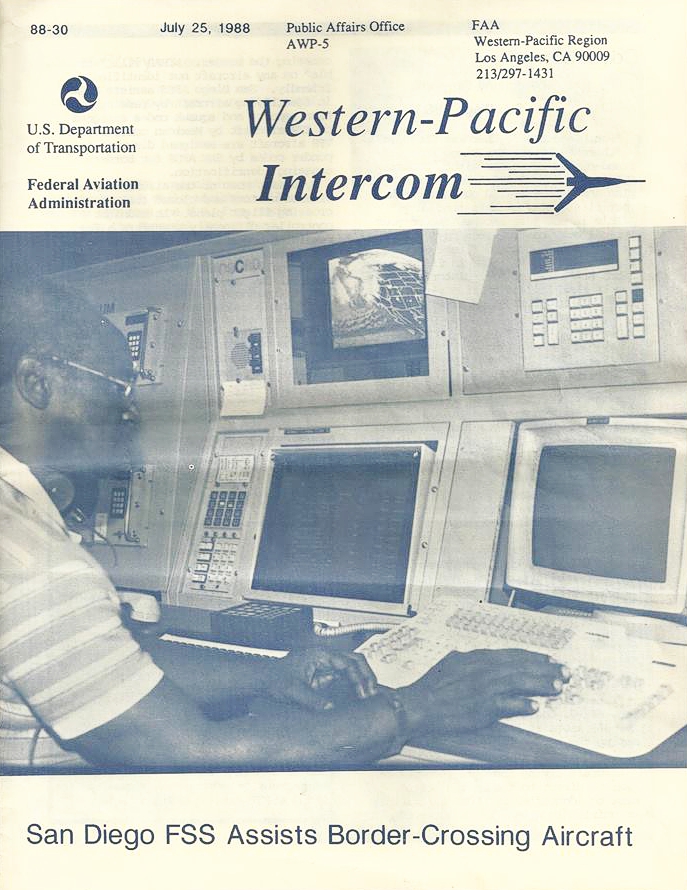 Photos submitted by Barry Berkeley (retired in 2000 with 30 years)
Photos submitted by Barry Berkeley (retired in 2000 with 30 years)
July 25, 1988. Claude Cole on cover page notifying U S Customs of an aircraft crossing the Mexico/U.S Border on Memorial Day weekend. Below are additional San Diego AFSS employee photos from the same publication, including remarks.
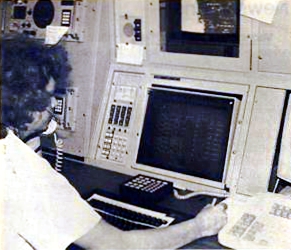 Dian Kurtock coordinates with NORAD on a border crossing plane
Dian Kurtock coordinates with NORAD on a border crossing plane
“Cherokee N56933 San Diego Radio, stand by you’re number eight,”states Barry Berkeley who works the Inflight 1 position
Dealing with the backlog of border-crossing aircraft are Claude Genest and Barry Berkeley
Norm Baldwin diligently transfers a few remaining pre-stored flight plans to end yet another hectic Memorial Day weekend in San Diego
Macon AFSS Personnel in 2005 prior to contracting FSS out through A76.
Photos submitted by Christoper Henne
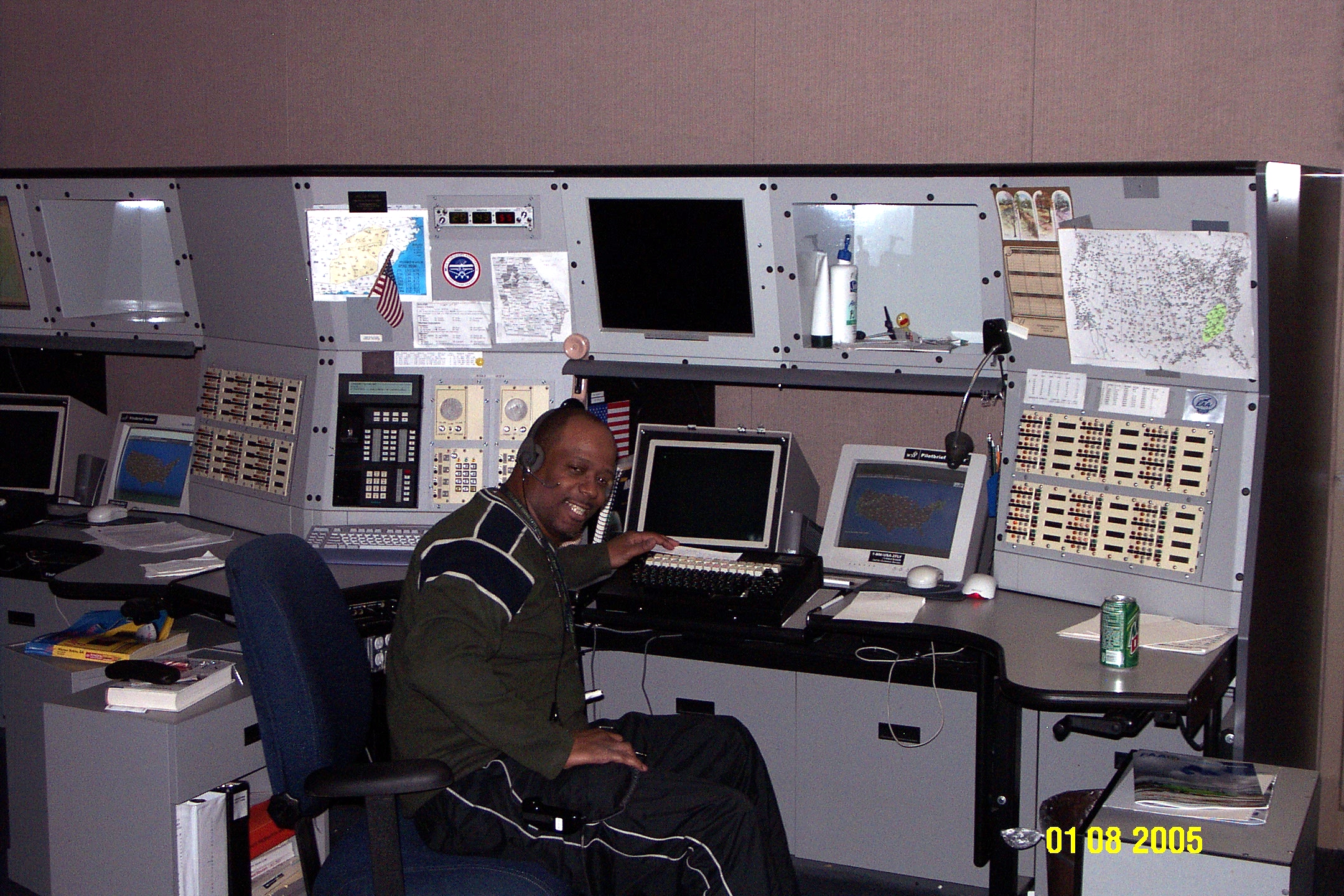
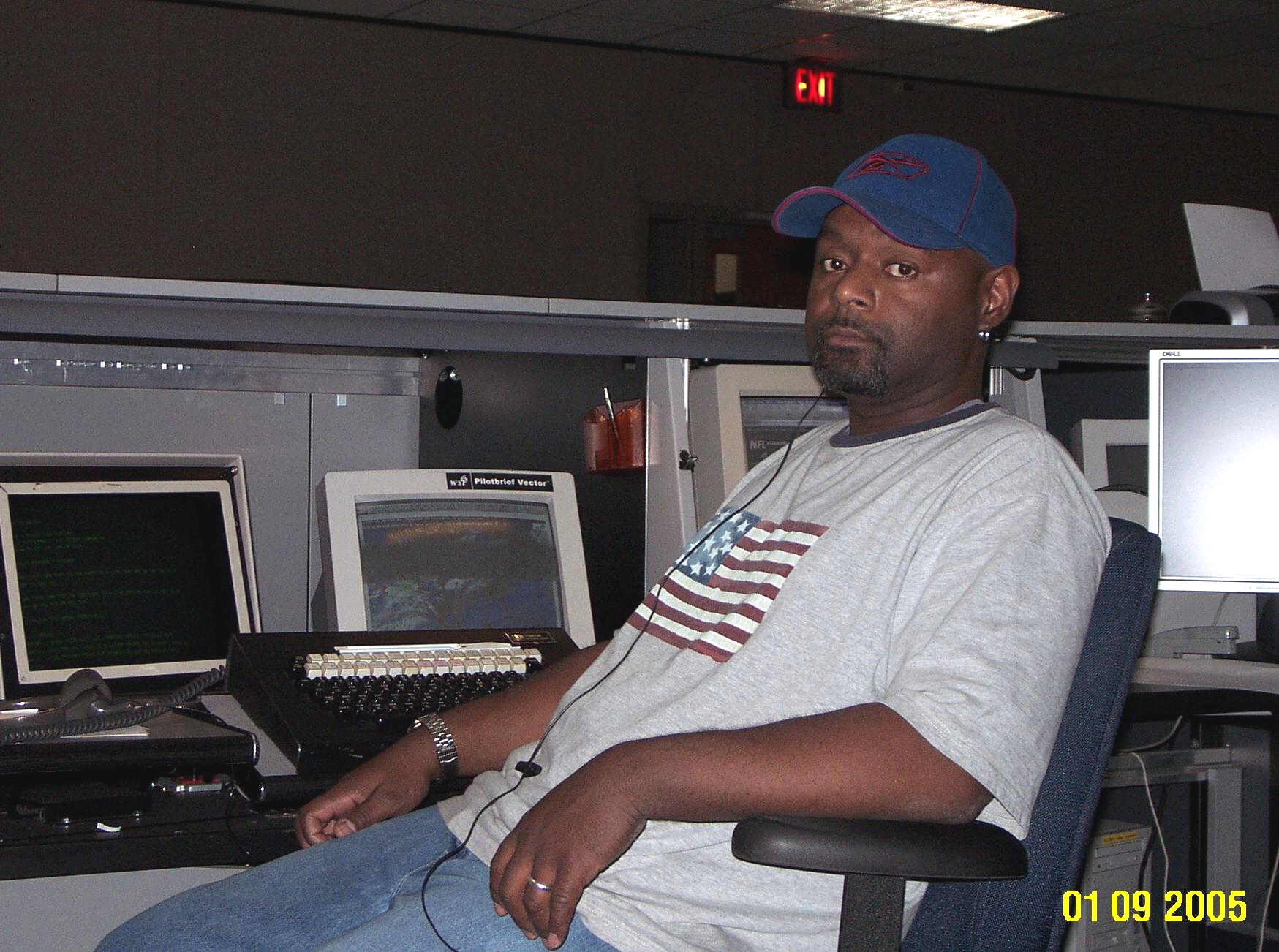
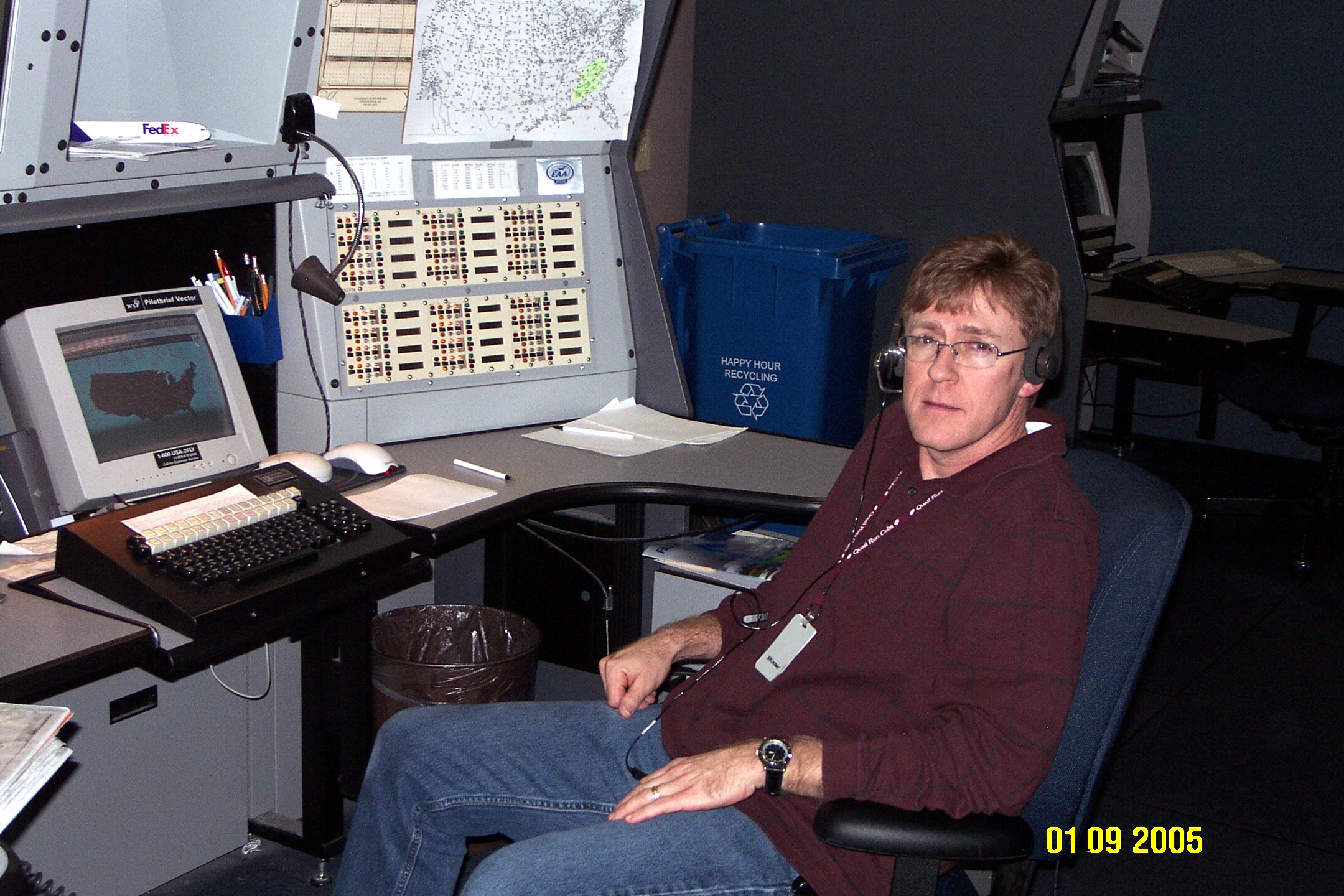
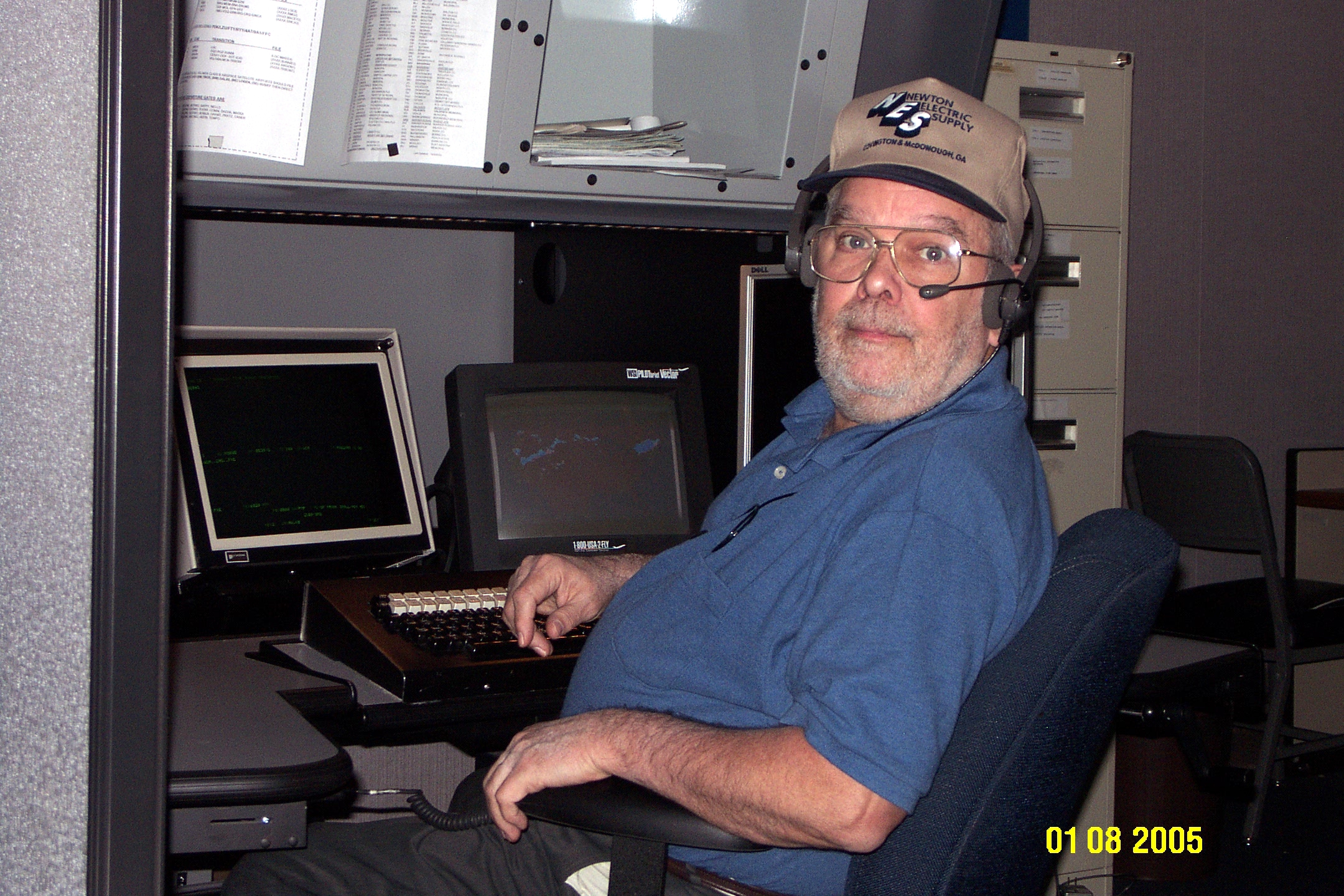
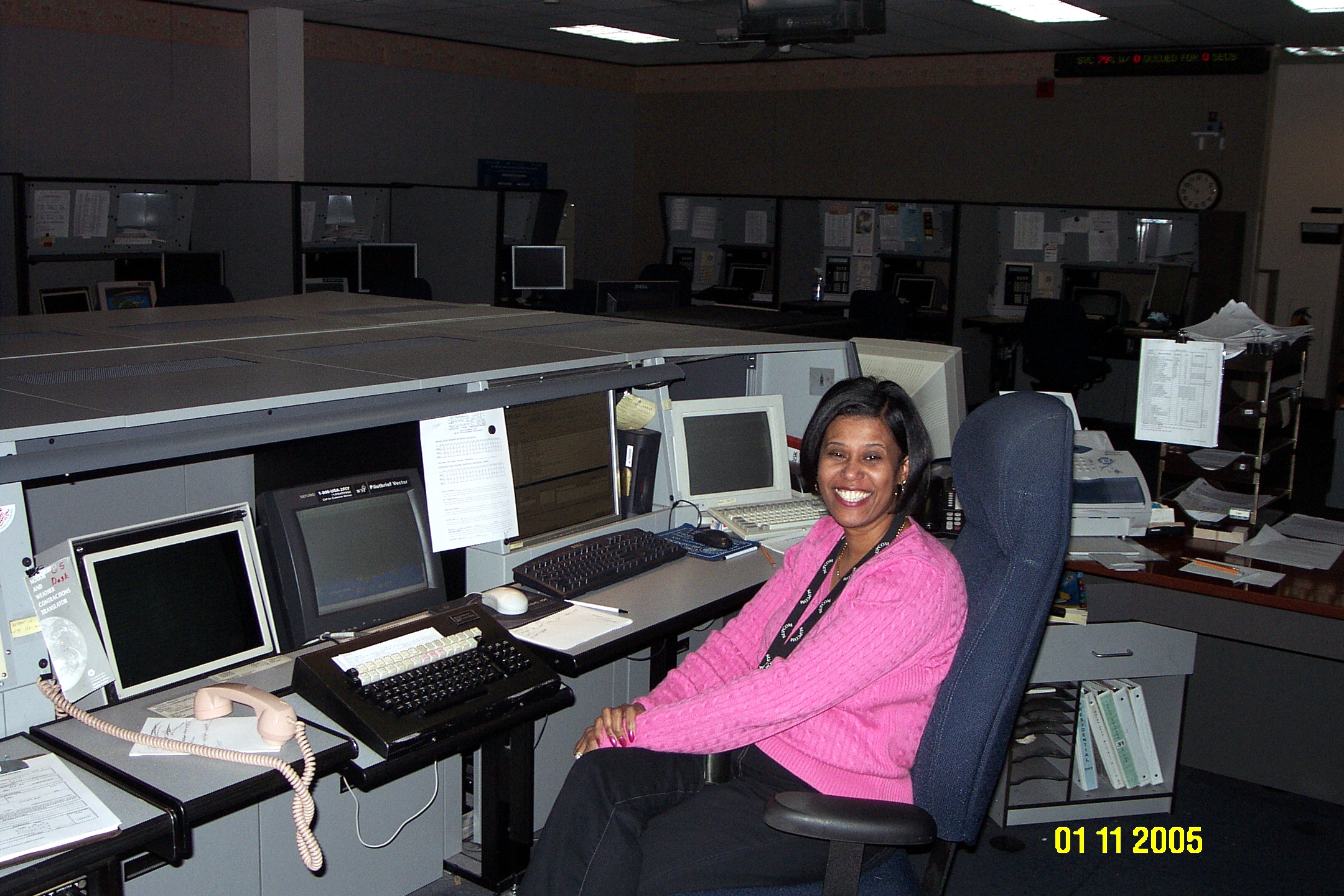
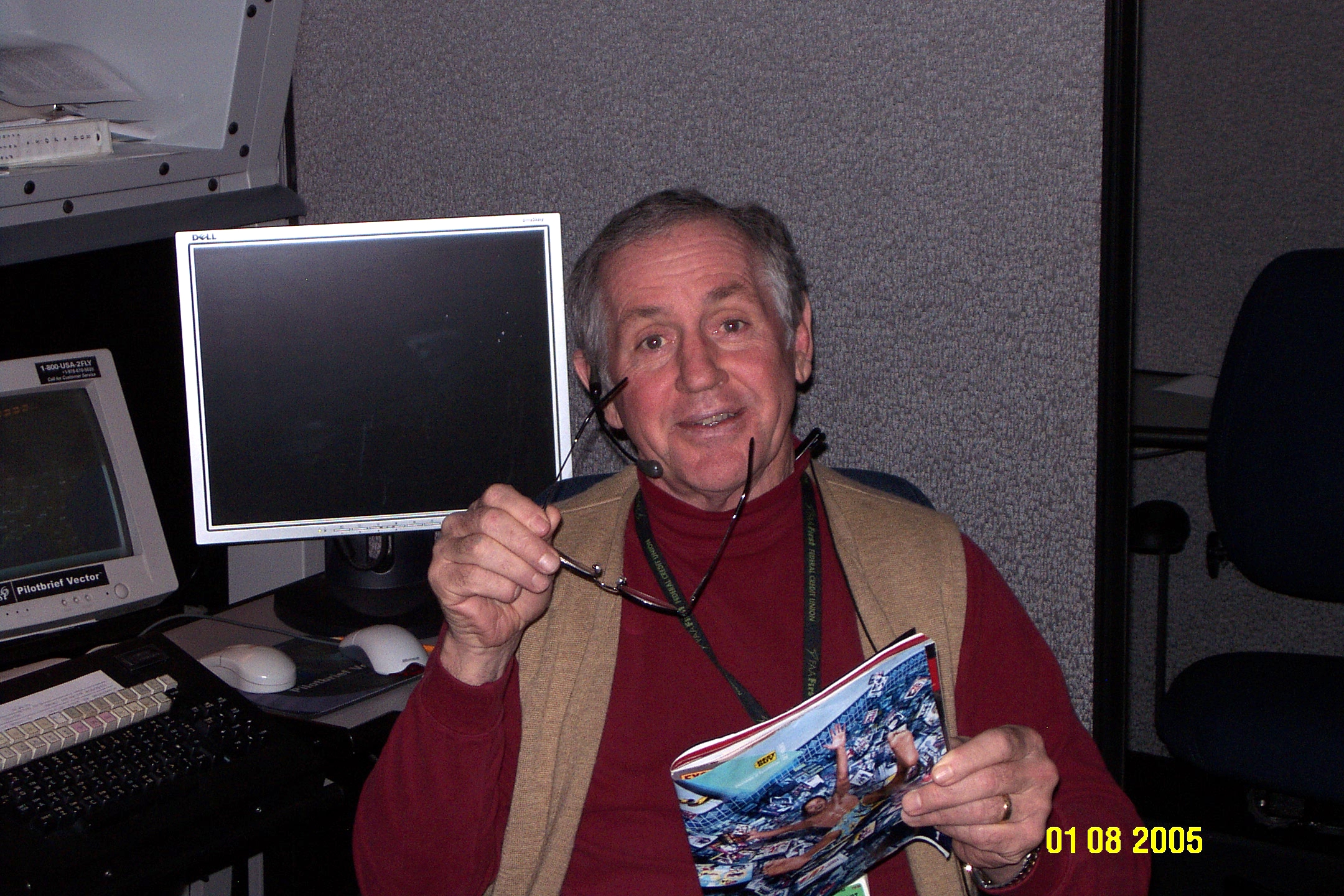
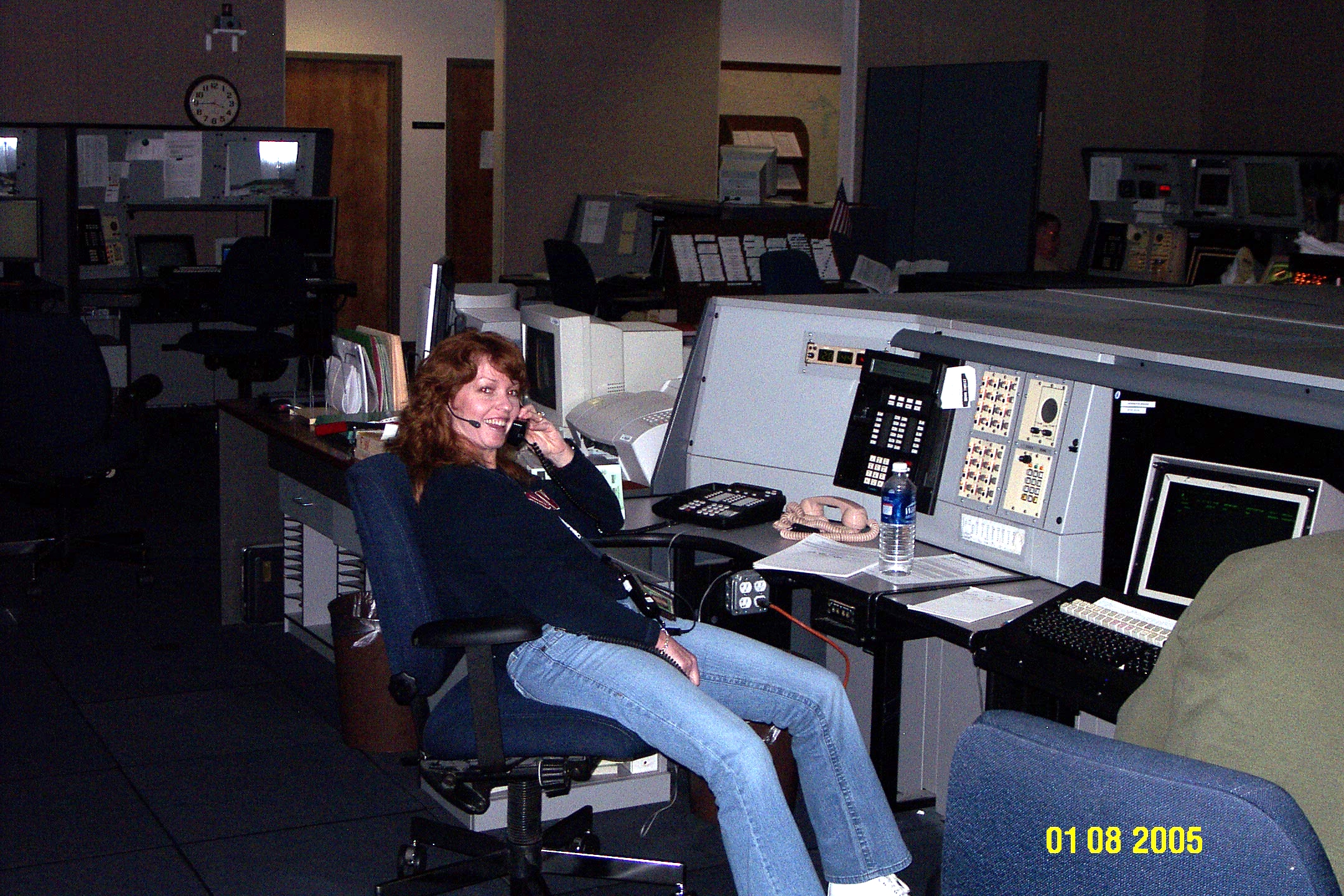
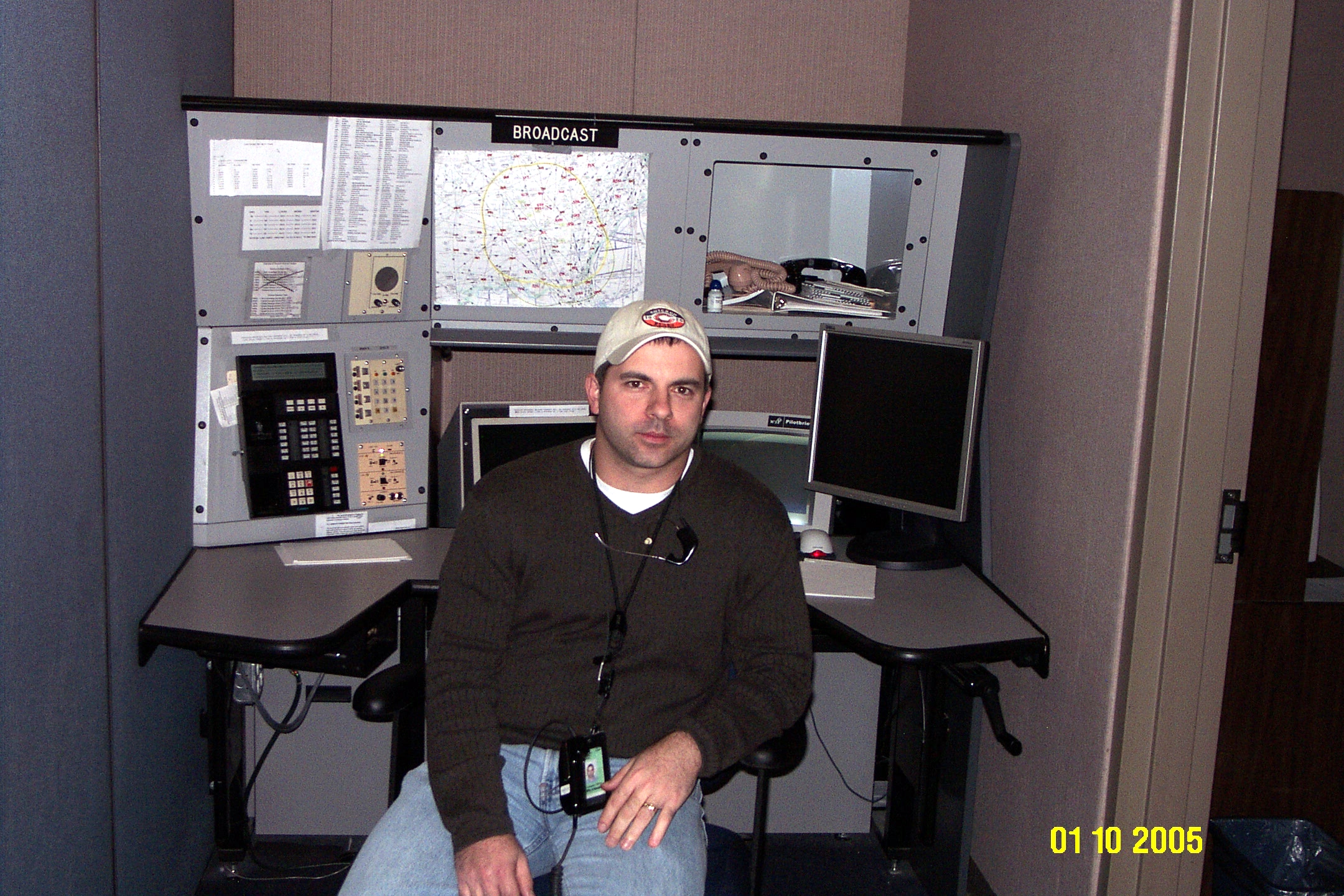
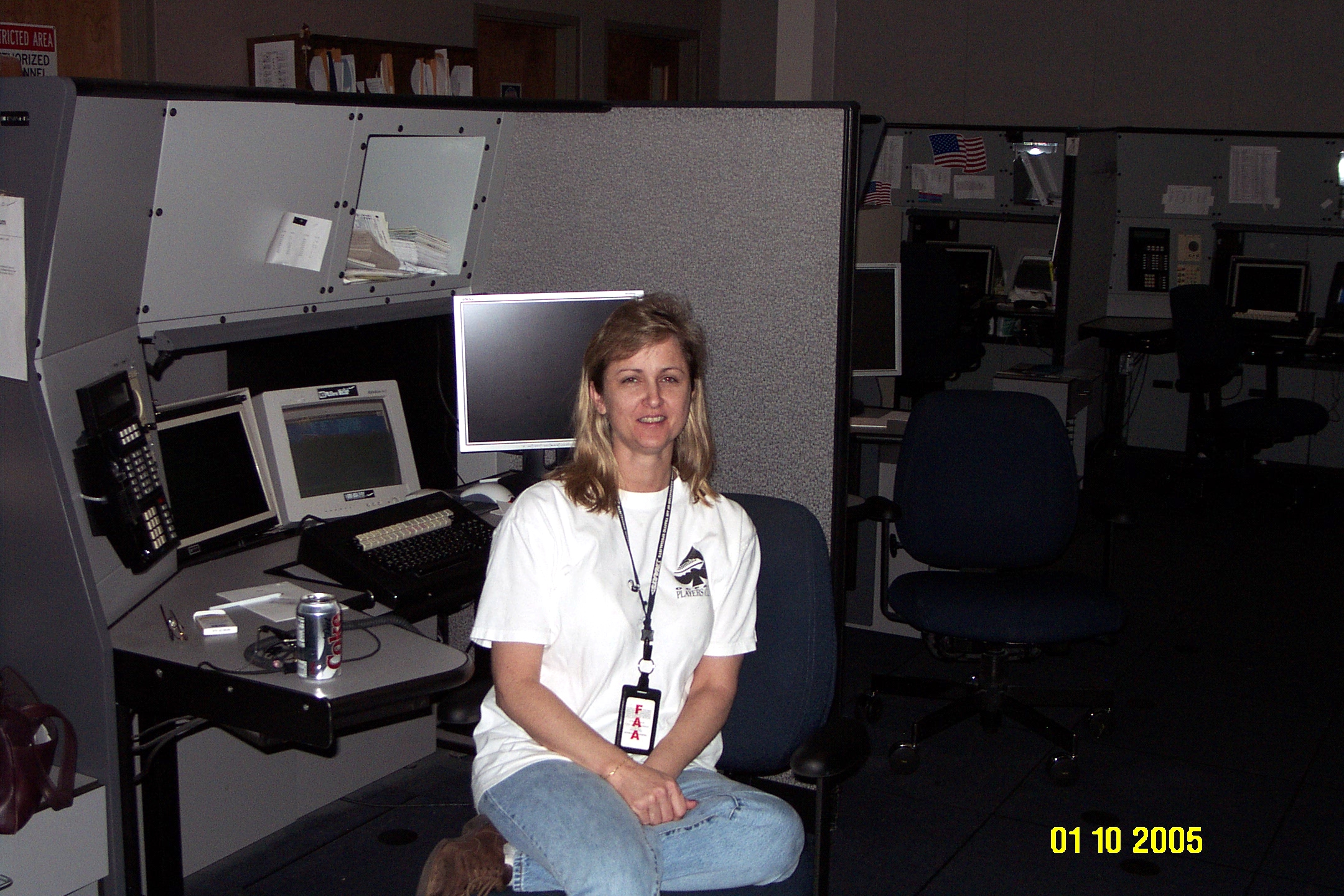
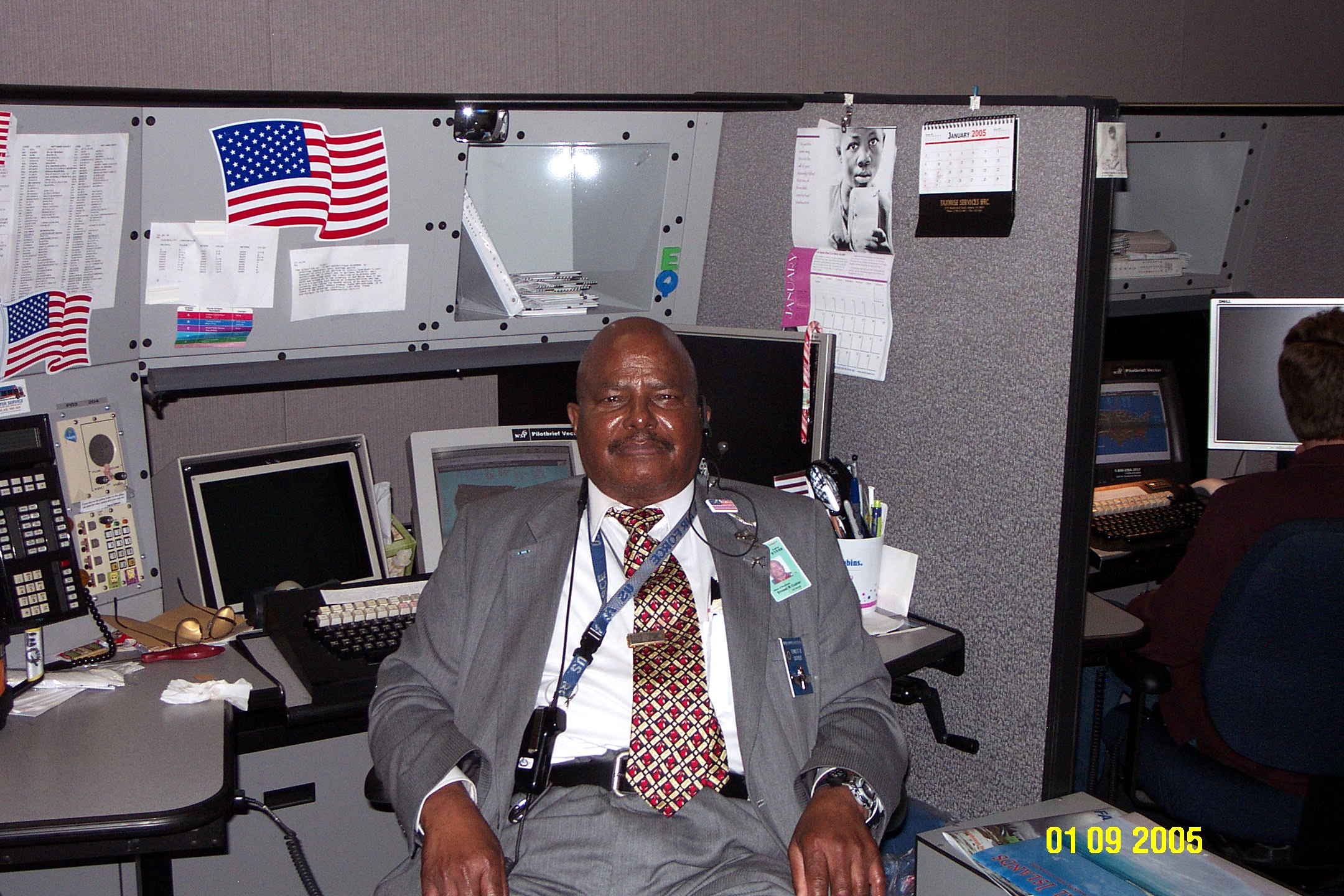
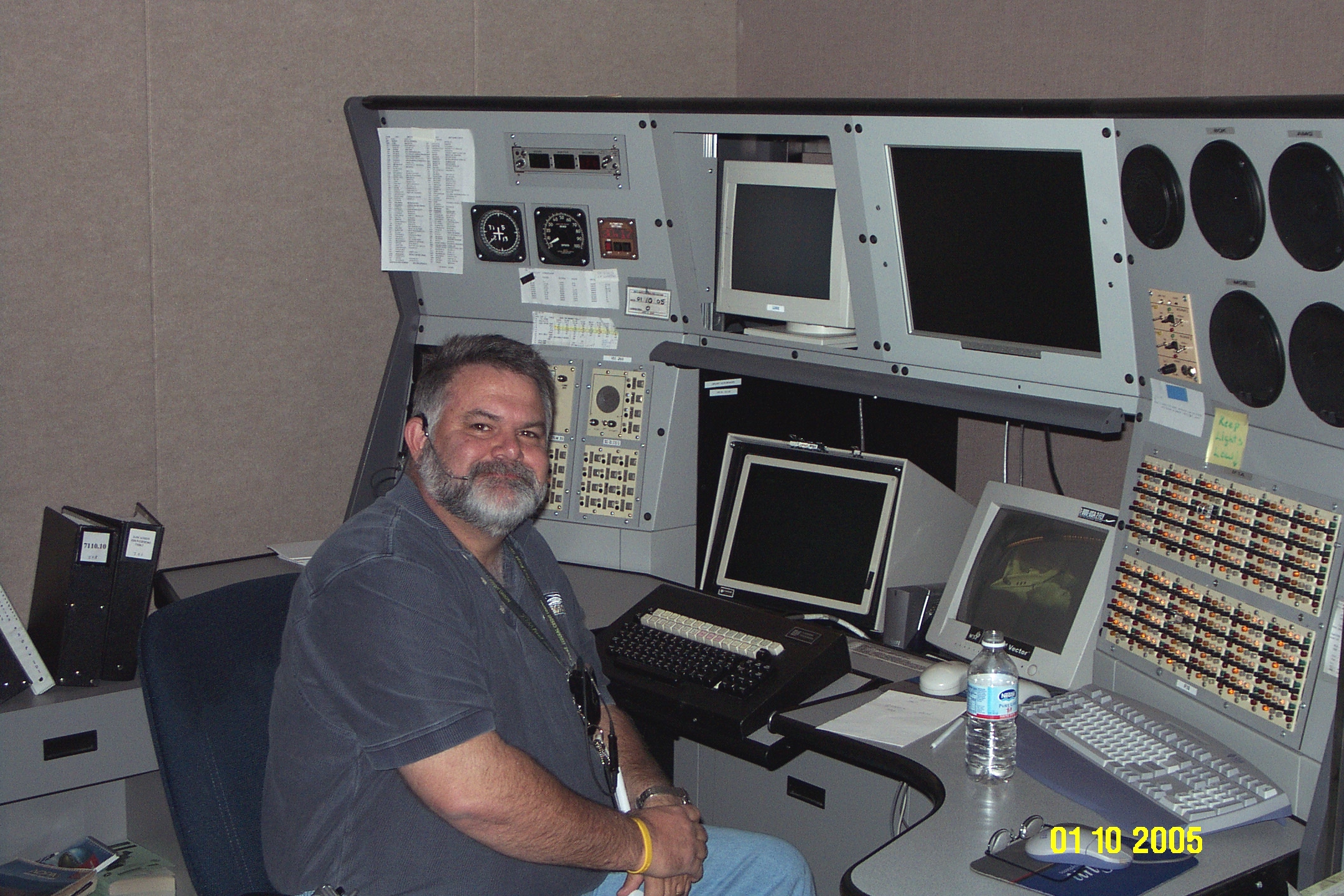
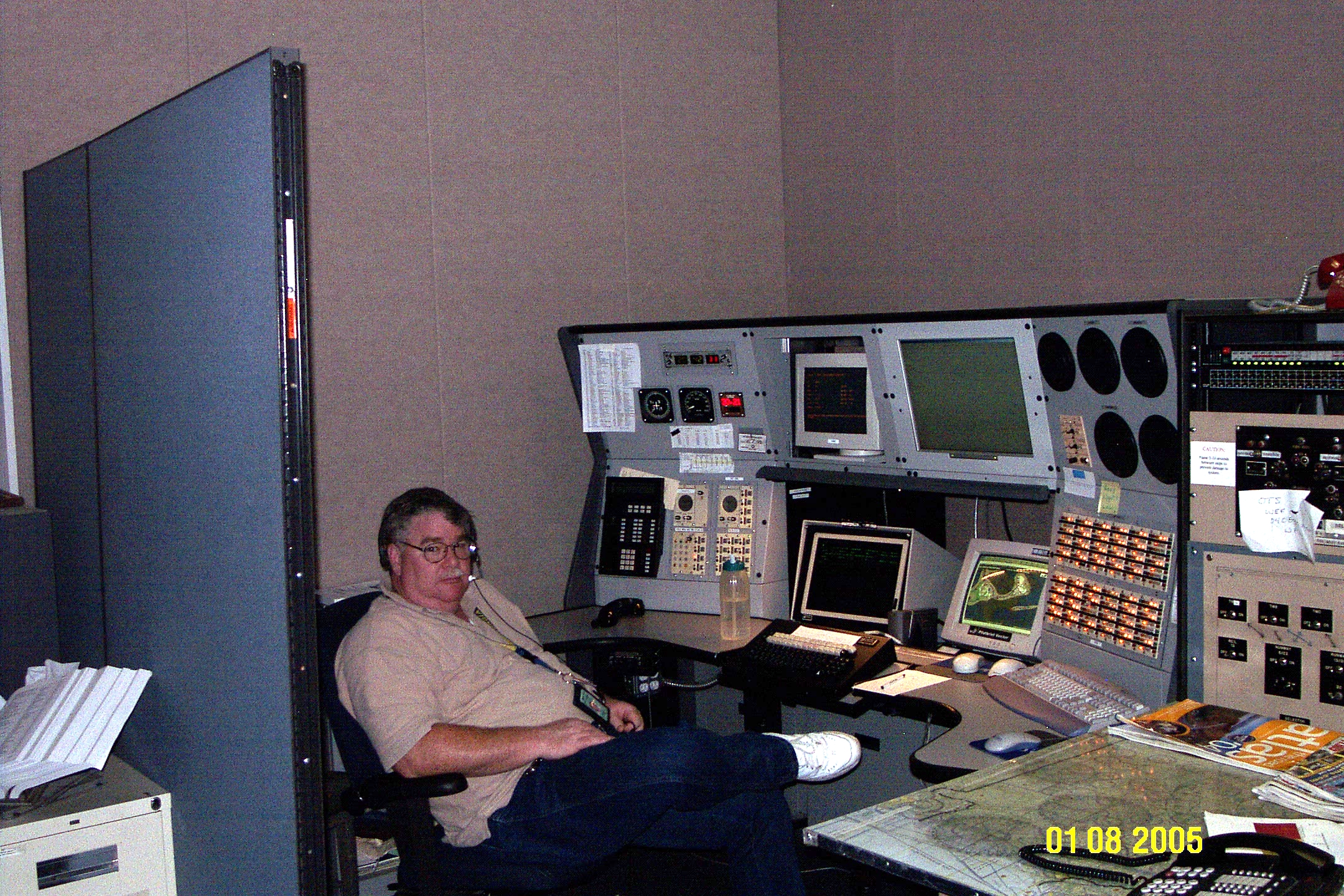
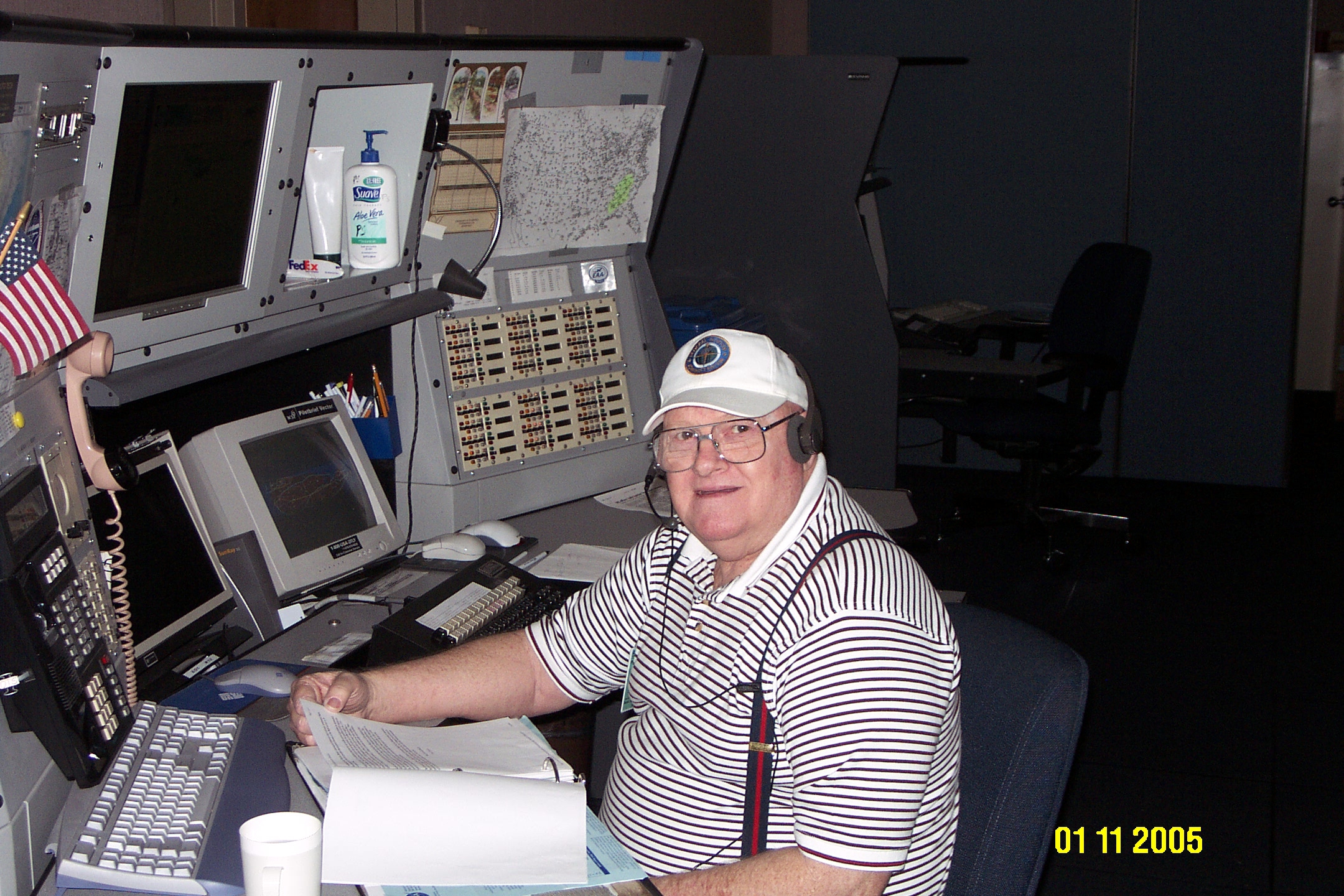
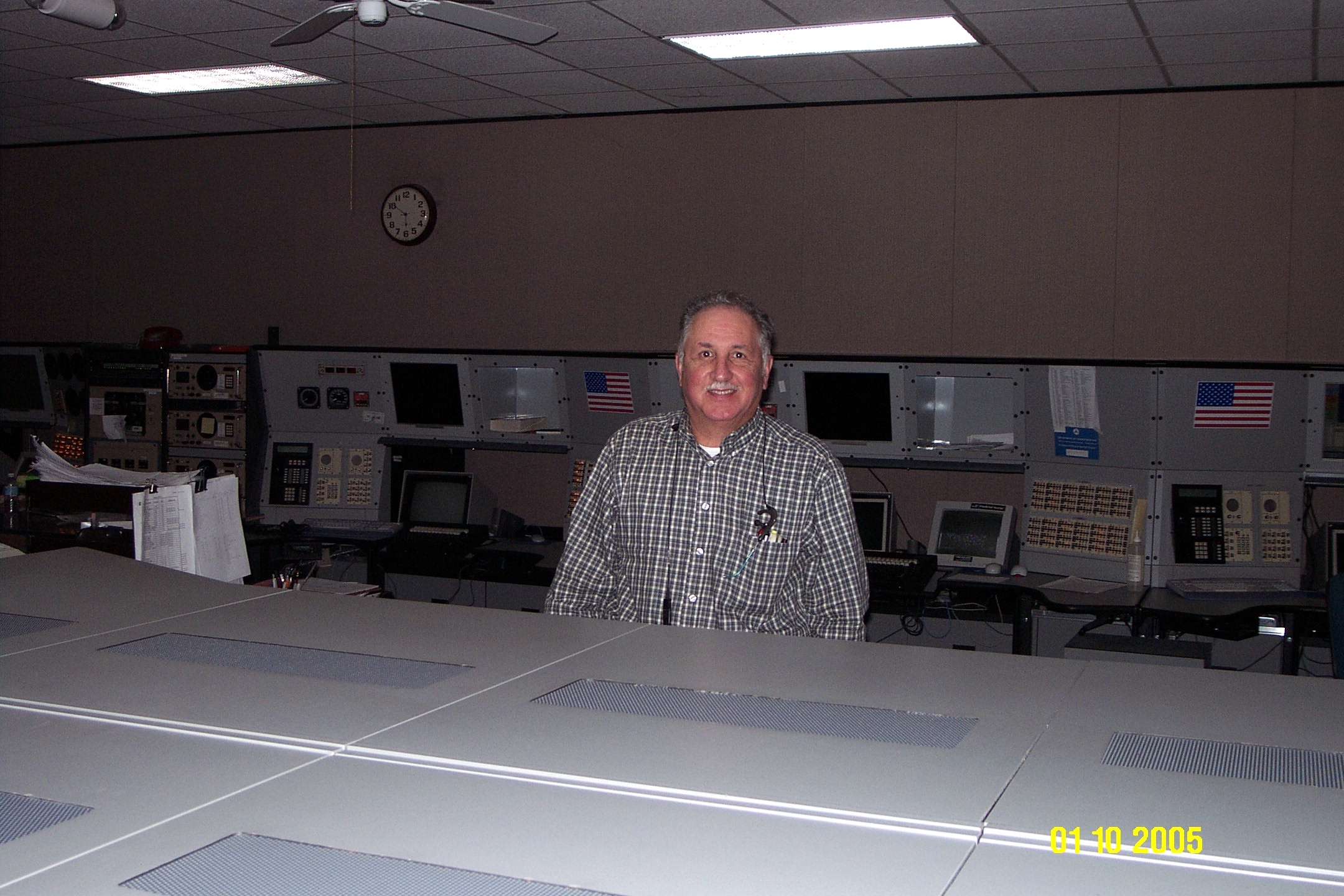
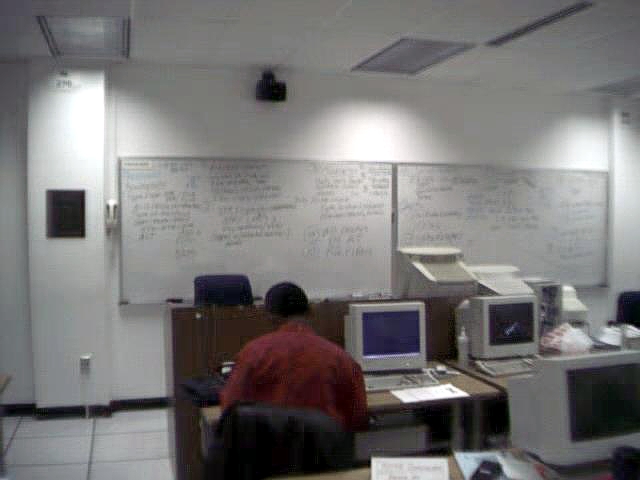
Restored LA-A 59B, El Morro, New Mexico Metal Route Arrow
Not all arrows were concrete. Metal arrows were easy to remove when a beacon site was shut down. This 9B El Morro, New Mexico emergency field arrow was salvaged and restored in Grants, New Mexico.
Relocation of airways left concrete arrows behind at many of the sites, but when the site was re-installed in 1930-31 (mostly) the arrows were non-critical due to radio navigation signals, voice radios, enclosed cockpits, and better sectional charts. Only rarely across the US were arrows em-placed as of 1932. These were mainly the rare 1930’s metal arrows shown above but were not always on airfield sites.
Photo submitted by Mick Batt
This concrete arrow is located in Washington City (St. George) on top of the 3,300 foot Shinob Kibe Plateau (37° 7’2.76″N 113°29’15.91″W). Contract Air Mail Route (CAM) #4 Los Angeles, California to Salt Lake City, Utah. Looking WSW.
Photo submitted by Mick Batt
Looking ENE. There is no arrow on the west end.
